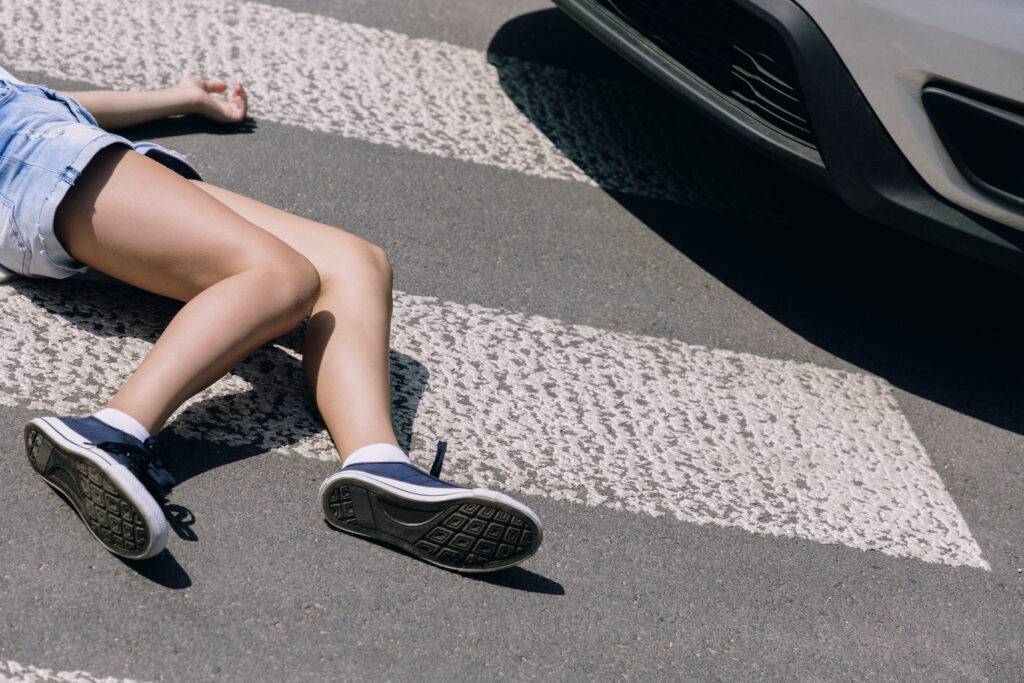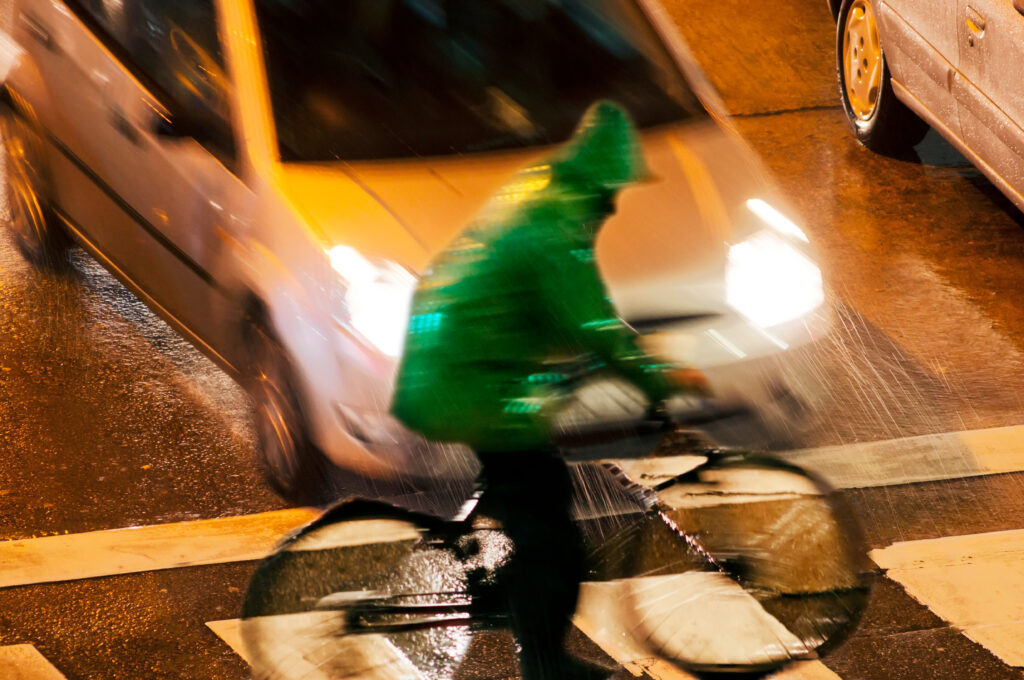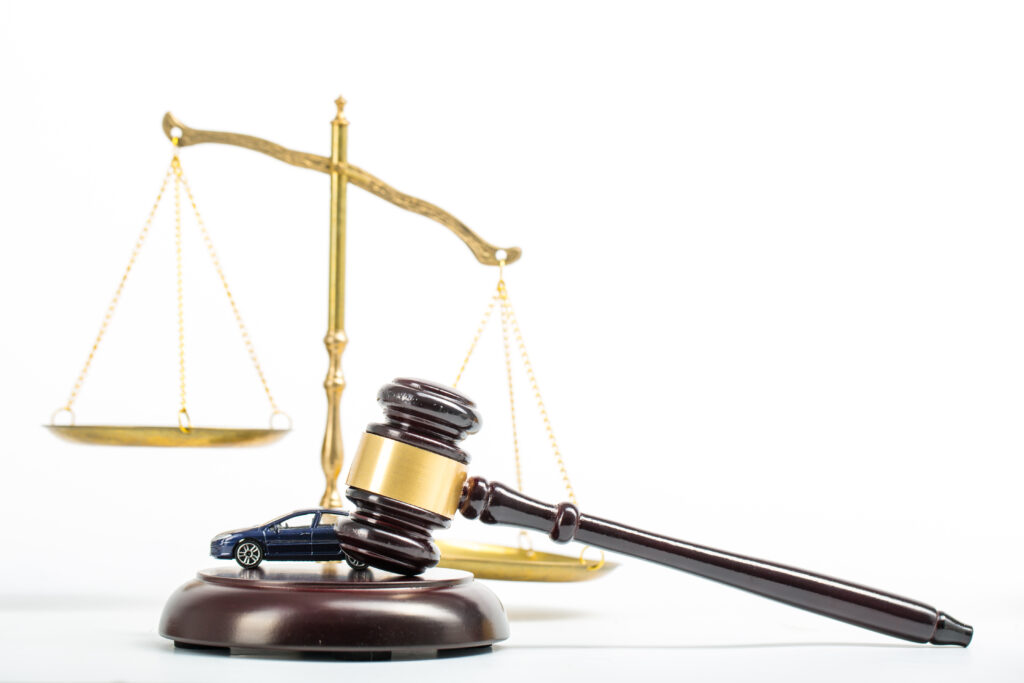Pedestrian accidents often have devastating short- and long-term consequences, both for the victims themselves and for their families. These accidents occur when a pedestrian is struck by a vehicle, and they can result in serious injuries or even fatalities. Understanding the common causes of pedestrian accidents is essential to help determine liability in these cases. In addition, accident victims should retain a Bellingham pedestrian accident attorney to navigate the legal process and seek justice.
Common Causes of Pedestrian Accidents
Negligent and Distracted Driving
Negligent and distracted driving is one of the leading causes of pedestrian accidents. When drivers fail to pay attention to the road or engage in activities that divert their attention away from driving, they are more likely to collide with pedestrians. Common examples of negligent and distracted driving include:- Texting or talking on the phone while driving
- Eating or drinking while driving
- Adjusting the radio, GPS, or other electronic devices
- Rubbernecking or looking at something other than the road
- Applying makeup or grooming while driving
- Engaging in intense conversations or arguments with passengers
Failure to Yield the Right of Way
 Another common cause of pedestrian accidents is drivers' failure to yield the right of way. Pedestrians have the right of way in designated crosswalks and at intersections, and drivers are legally obligated to yield to them. However, some drivers may be unaware of or disregard this rule, resulting in collisions with pedestrians.
Additionally, drivers who fail to stop at stop signs or red lights can strike pedestrians who are lawfully crossing the street. These violations of traffic laws can have severe consequences for pedestrians.
Another common cause of pedestrian accidents is drivers' failure to yield the right of way. Pedestrians have the right of way in designated crosswalks and at intersections, and drivers are legally obligated to yield to them. However, some drivers may be unaware of or disregard this rule, resulting in collisions with pedestrians.
Additionally, drivers who fail to stop at stop signs or red lights can strike pedestrians who are lawfully crossing the street. These violations of traffic laws can have severe consequences for pedestrians.
Driving Under the Influence
Driving under the influence of alcohol or drugs is a dangerous behavior that significantly increases the risk of pedestrian accidents. Intoxicated drivers have impaired judgment, reduced coordination, slower reaction times, and blurred vision, making them more likely to hit pedestrians. When drivers are under the influence, their ability to perceive and react to pedestrian presence is compromised. Intoxicated drivers may not notice pedestrians crossing the street or may misjudge their speed and distance, leading to severe accidents and possibly even fatalities.Speeding
Speeding is another significant factor in pedestrian accidents. When drivers exceed the speed limit or drive too fast for the conditions, they have less time to react to unexpected obstacles, such as pedestrians. Higher speeds also increase the force of impact in a collision, making it more likely for pedestrians to sustain severe injuries or fatalities. Making matters worse, pedestrians may have difficulty judging the speed of an oncoming vehicle, especially if it is traveling at high speeds. This can make it difficult to gauge how much time they have to cross the street safely.Poor Visibility and Lighting
Poor visibility and lighting conditions can contribute to pedestrian accidents, especially during nighttime or inclement weather. When visibility is limited, drivers may struggle to see pedestrians crossing the street or walking alongside the road. Factors that can affect visibility include:- Poorly lit areas or lack of streetlights
- Obstacles obstructing the view, such as parked cars or overgrown vegetation
- Inclement weather conditions, such as rain, fog, or snow
Reckless Driving
Reckless driving behaviors, such as aggressive driving, street racing, and failure to follow traffic laws, pose a significant danger to pedestrians. These actions create an unpredictable and chaotic environment where pedestrians are at a heightened risk of accidents. Drivers need to prioritize pedestrian safety and adhere to traffic laws.Lack of Sidewalks and Crosswalks
The absence of sidewalks and crosswalks can also contribute to pedestrian accidents. Pedestrians forced to walk alongside the road or cross in areas without designated crosswalks are more vulnerable to being struck by vehicles. Inadequate infrastructure, such as a lack of sidewalks or poorly designed roadways, can increase the risks for pedestrians. In addition, potholes and cracks in the road surface pose a tripping hazard to pedestrians, especially those who may be less agile, such as the elderly or children. Insufficient signage and poorly marked crosswalks can confuse drivers and pedestrians, increasing the risk of collisions. It is the responsibility of local authorities to ensure the presence of safe pedestrian infrastructure to minimize the occurrence of accidents. When they don't, they can be held liable for any resulting accidents and damages.Determining Fault in a Pedestrian Accident
Determining fault in a pedestrian accident can be a complex process. It requires thoroughly investigating the accident scene, gathering witness statements, reviewing surveillance footage, and analyzing other relevant evidence. In most cases, driver negligence is often a critical factor in pedestrian accidents. Drivers may be at fault for pedestrian accidents if they:- Fail to yield to pedestrians in crosswalks
- Disobey traffic signals or stop signs
- Drive under the influence of alcohol or drugs
- Speed or drive recklessly
- Fail to check blind spots before turning
- Engage in distracted driving activities, such as texting or talking on the phone
Proving a Pedestrian Accident Case
 Proving a pedestrian accident case requires establishing negligence on the part of the driver or another party. To succeed in a pedestrian accident claim, the following elements of negligence must be proven:
Proving a pedestrian accident case requires establishing negligence on the part of the driver or another party. To succeed in a pedestrian accident claim, the following elements of negligence must be proven:
- Duty of care: The driver owed a legal duty of care towards the pedestrian to drive responsibly and in adherence to traffic laws.
- Breach of duty: The driver breached their duty of care by engaging in negligent behavior, such as speeding or texting while driving.
- Causation: The driver's breach of duty directly caused the pedestrian accident and resulted in injuries.
- Damages: The pedestrian suffered physical, emotional, or financial harm due to the accident.
Common Pedestrian Accident Injuries
Pedestrian accidents often result in severe injuries due to the vulnerability of pedestrians in comparison to vehicles. Some of the most common injuries sustained in pedestrian accidents include:- Fractures and broken bones: The impact of the collision may cause pedestrians to experience fractures in their arms, legs, or pelvis.
- Head injuries: Traumatic brain injuries (TBI), concussions, or skull fractures can occur when a pedestrian's head hits the ground or the vehicle.
- Spinal cord injuries (SCI): Severe accidents can lead to spinal cord injuries, causing partial or complete paralysis.
- Soft tissue injuries: Pedestrians may suffer sprains, strains, or tears in their muscles, ligaments, or tendons.
- Internal injuries: The force of the impact can cause internal injuries, such as organ damage or internal bleeding.
- Emotional trauma: Pedestrian accidents can also result in psychological trauma, including post-traumatic stress disorder (PTSD) and anxiety.
The Importance of Seeking Medical Care After a Pedestrian Accident
Being involved in a pedestrian accident can be a traumatic and overwhelming experience. In the immediate aftermath, you may be in shock, experiencing pain, or feeling disoriented. However, now is the time to prioritize your health and seek immediate medical care, even if you believe your injuries are minor. Pedestrian accidents can lead to many injuries, some of which may not be immediately apparent. Internal injuries, head trauma, and spinal cord damage can have delayed symptoms, which can potentially worsen if left untreated. Seeking medical care promptly after an accident ensures that injuries are properly diagnosed and treated accordingly. Not only does seeking medical care help identify and treat hidden injuries, but it also establishes a valuable medical record that can be used in your personal injury claim. Insurance companies and legal authorities often require medical documentation to prove the severity and extent of your injuries. By seeking medical care immediately after the accident, you strengthen your case and increase your chances of receiving proper compensation for your damages. Remember, the adrenaline and shock you may experience after a pedestrian accident can temporarily mask the pain and symptoms of an underlying injury. Delaying medical treatment jeopardizes your health and weakens your legal position. Seeking medical care ensures your well-being and enables you to build a strong case should you decide to pursue a personal injury claim. The importance of seeking medical care after a pedestrian accident cannot be overstated. It safeguards your health and strengthens your legal position when you seek compensation for your injuries. Remember to consult an experienced attorney who can guide you through the legal process and advocate for your rights as a pedestrian accident victim.The Statute of Limitations for Pedestrian Accidents
When involved in a pedestrian accident, understanding the time limits for taking legal action is essential. The statute of limitations determines the deadline by which a victim must file a lawsuit to seek compensation for their injuries. While individual state laws vary, injured parties should consult with a lawyer to ensure compliance with these deadlines. In most states, the statute of limitations for personal injury, including pedestrian accidents, is typically between one to three years from the date of the incident. Failing to file within this timeframe can result in losing your right to pursue a claim and obtain the compensation you deserve. There are exceptions to these deadlines, such as when the victim is a minor or if the injuries were not immediately apparent. However, don't rely on exceptions. Instead, consult an attorney as soon as possible to protect your legal rights. Remember, time is of the essence when dealing with the statute of limitations. Contacting an experienced lawyer promptly ensures that your case is evaluated, evidence is preserved, and legal action is initiated within the appropriate timeframe. Don't let the clock run out on your chance to seek justice and recover compensation for your pedestrian accident. Reach out to an attorney today to discuss your options.What Does a Pedestrian Accident Attorney Do?
 If you or a loved one has been injured in a pedestrian accident, hiring a pedestrian accident attorney can significantly benefit your case. A pedestrian accident attorney is experienced in personal injury law and has the knowledge and skills to manage the legal process associated with these cases. Here's what a pedestrian accident attorney can do for you:
If you or a loved one has been injured in a pedestrian accident, hiring a pedestrian accident attorney can significantly benefit your case. A pedestrian accident attorney is experienced in personal injury law and has the knowledge and skills to manage the legal process associated with these cases. Here's what a pedestrian accident attorney can do for you:
- Case evaluation: An attorney will review the details of your case to determine its strength and potential for compensation. They will assess the evidence, interview witnesses, and calculate your damages.
- Negotiations with insurance companies: Insurance companies may try to minimize your claim or deny your compensation altogether. An experienced attorney can handle negotiations on your behalf to ensure fair treatment and maximum compensation.
- Evidence gathering: Attorneys have the resources and knowledge to collect essential evidence, such as accident reports, medical records, and witness statements, to establish negligence and strengthen your case.
- Legal representation in court: If a settlement cannot be reached outside of court, your attorney will represent you during trial proceedings. They will present your case, cross-examine witnesses, and argue for your rights and compensation.
- Maximizing compensation: A pedestrian accident attorney will work diligently to maximize your compensation. They will assess your damages, including medical expenses, lost income, pain and suffering, and future medical needs, to ensure you receive the compensation you deserve.